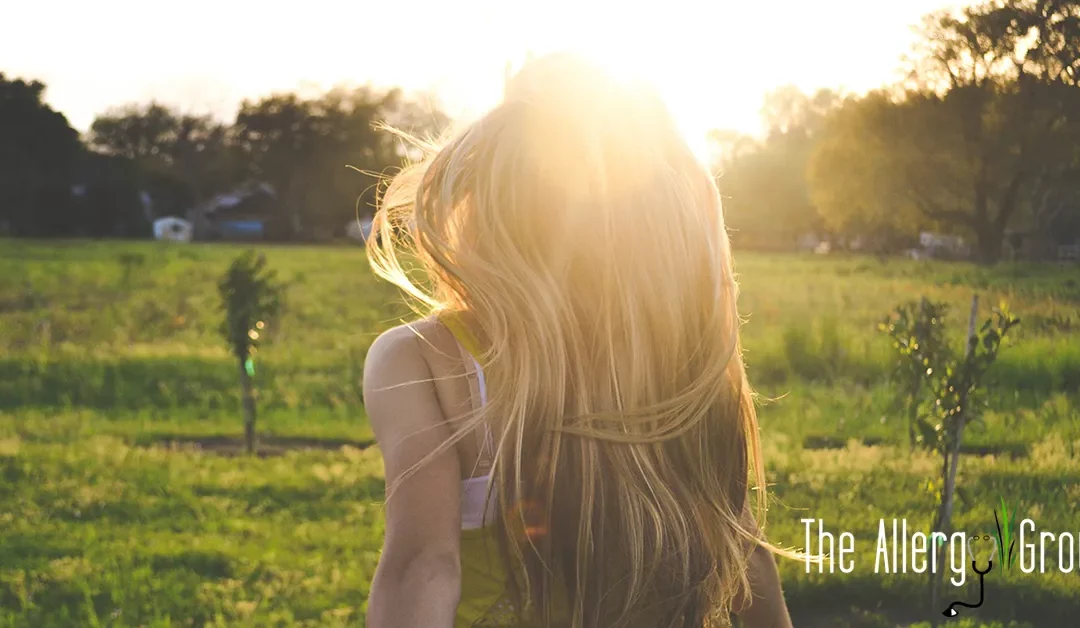To all our valued allergy patients, I hope you are all getting prepared for the upcoming pollen season. We are working very hard to provide you with the best pollen count in town! This will begin March 13th, 2017.
I would like to use this blog site to help us all understand our environment and provide interesting information about the pollenating plants and the air we breathe all around us.
First and foremost, let’s talk about MOLDS.
Fortunately in Idaho, we live in a climate that is quite dry most of the year. Therefore, we do not get exposed to mold like you may if you lived in a southern, humid state or on the other side of the Cascade Mountain range where they receive a significant amount of rain fall. However, we just endured quite a winter and had an incredible amount of snow fall this year! This snow of course melts and that is when we see mold spores being produced. This is because all of the snow that has been sitting on top of our leaves, grass and soils has now melted and provided a perfect, moist environment for molds to grow in this detritus (a fancy word for leaf/compost material).
The most common molds spores I see in the air during this time of year is Hormodendrum (also known as Cladosporium) and Alternaria species. This is perhaps the only time of year where I really see a significant amount of mold spores in the air. But, I would like you to keep in mind that the amount we have here, even during this time, doesn’t hold a candle to the numbers of mold spores they see in other parts of the country. Lucky for us!
Now, back to pollens. The trees that like to kick off the pollen season are Silver Maple, Birch and Elm Trees. These trees are just getting started and we are starting to see counts of these pollens now! We will soon see very high numbers of these trees, so if you know that you are allergic to one or all of these trees, now is the time to prepare! The best medicinal protection you have against allergy symptoms is your Corticosteroid nasal spray like Flonase, Nasonex, Nasocort, Rhinocort just to name a few. Remember, that it is best to start this nasal spray treatment a week or so prior to the peak of pollen season…That would be now! This is to be used daily throughout the season. Of course, an oral antihistamine like Zyrtec, Allegra and Claritin can also help protect you from allergy symptoms and are a good addition to the nasal spray treatment when necessary.
I hope this helps you get prepared for the upcoming season! If you have any troubles or questions, please don’t hesitate to come see your local, friendly and knowledgeable allergy specialist here at The Allergy Group!
Happy Spring and thanks for reading!
– Brianne Ayers
Physician Assistant & Amateur Palynologist (fancy word for pollen counter)


